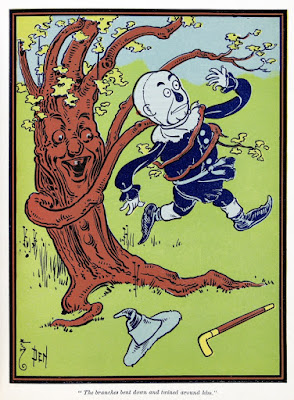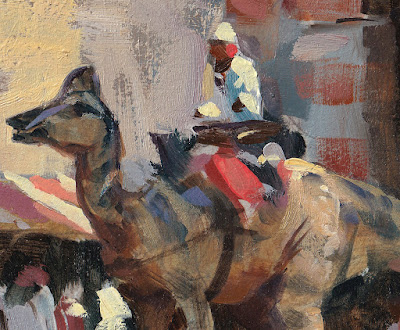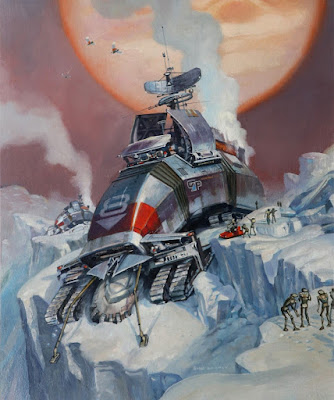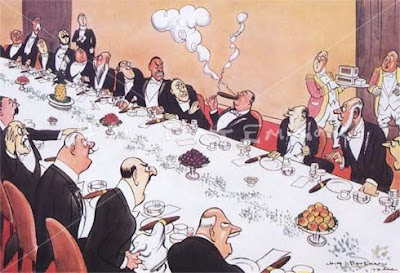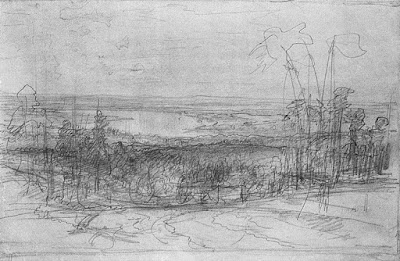Photo by Chip Clark.
The entrance to the Dinotopia exhibition at Smithsonian's natural history museum in 2002, one of about 35 exhibitions of the original artwork in the USA, France, England, and Switzerland over the last 20 years.
Here are some of them:
MUSEUM SHOW LIST (from recent back to 1992)
—
Stamford Museum and Nature Center, CT
Arkell Museum, Canajoharie, NY
The New Hampshire Institute of Art, Manchester, NH
The Lyman Allyn Art Museum, New London, CT
The Alden Dow Museum of Science and Art, Midland, MI
Palazzo Ducale, Lucca Comics & Games, Italy
Norton Museum of Art, West Palm Beach, FL
Delaware Art Museum, Wilmington, DE
Festival International de Science-Fiction De Nantes, France
Centre for Life, Newcastle, UK
Maison d’Ailleurs, Yverdon, Switzerland
Oshkosh Public Museum, Oshkosh, Wisconsin
Norman Rockwell Museum, Stockbridge, MA
The Alden Dow Museum of Science and Art, Midland, Michigan.
Oshkosh Public Museum, Oshkosh, Wisconsin
Palais Granvelle, Besançon, France
Maison d’Ailleurs, Yverdon, Switzerland
Smithsonian National Museum of Natural History, Washington, DC
Carnegie Public Museum, Three Rivers, Michigan
Richmond Children’s Museum, Richmond, Virginia
Cleveland Museum of Natural History, Ohio
Tiffany Windows, Tiffany & Co. Jewelers, Fifth Ave, NYC
Buffalo Museum of Science, Royal Tyrell Museum, Drumheller, Alberta, New Mexico Museum of Natural History.








